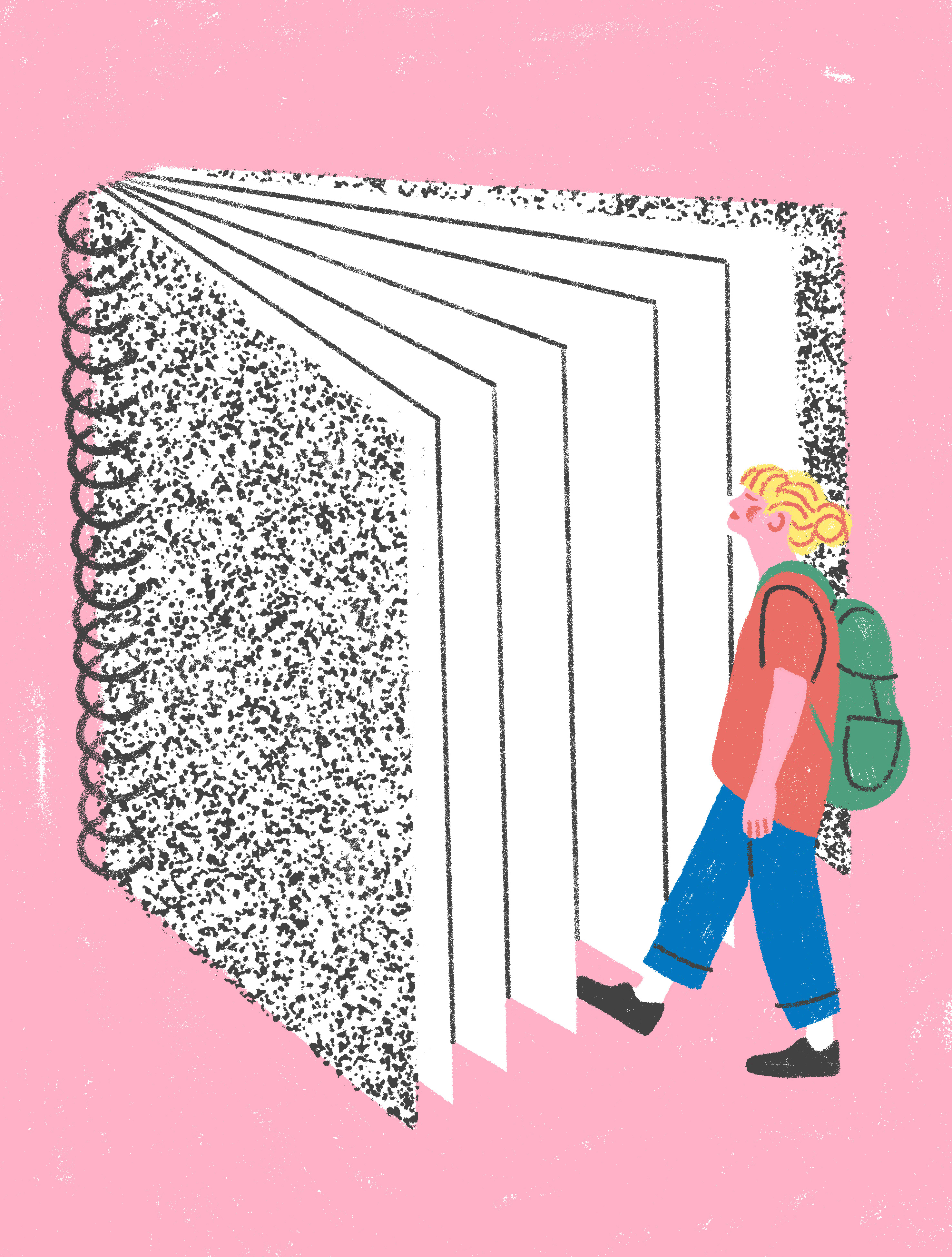
Every city and history holds invisible populations. Walking past the historic homes along Benefit Street in Providence, Rhode Island, one passes house markers that distinguish a population of white males and their achievements. I found it interesting to consider the African slaves that resided and worked in these homes.
In many ways, this project is my method of cataloguing mundane facts and relationships between the invisible slave population and their distinguished, accomplished owners. Always the concept that the owners' wealth accumulation was in large part made possible by their participation in the slave trade through holding, trading, and stocking the slave ships. This is an ongoing project with iterations involving printmaking, textiles, sculpture, book arts, fashion apparel, and papermaking. Each iteration explores the reader's relationship to the piece. When the book is worn, new relationships to reading are forged. The reader/wearer and the reader/viewers have differing relationships and levels of interaction with the piece. In some cases, the reader/viewers must interact directly with the reader/wearer to gain access to the piece in order to read and make sense of it.

Prince Hopkins House- Owned by Stephen Hopkins, 2014
Cyanotype on cotton
Cyanotype on cotton
What is the experience of the reader/wearer who has read the text completely? Does this knowledge affect how they carry themself as they go through their day in the scarf? What impact can even a fragment of information have on the people, or reader/viewers that the reader/wearer will encounter? Can this scarf book create opportunities for dialogue on history and race? Can it foster understanding?





